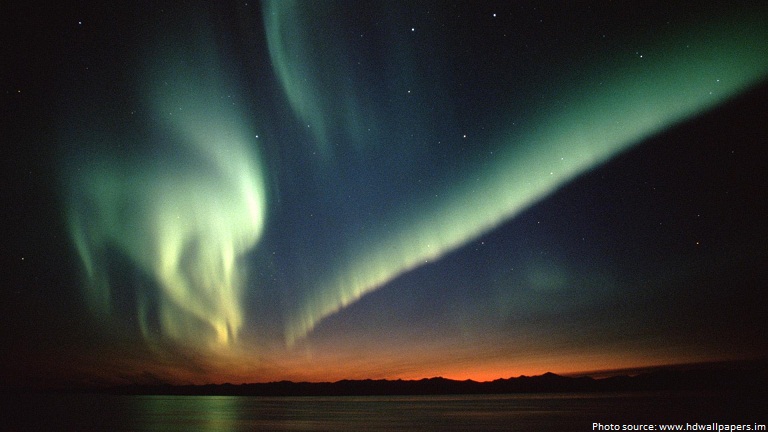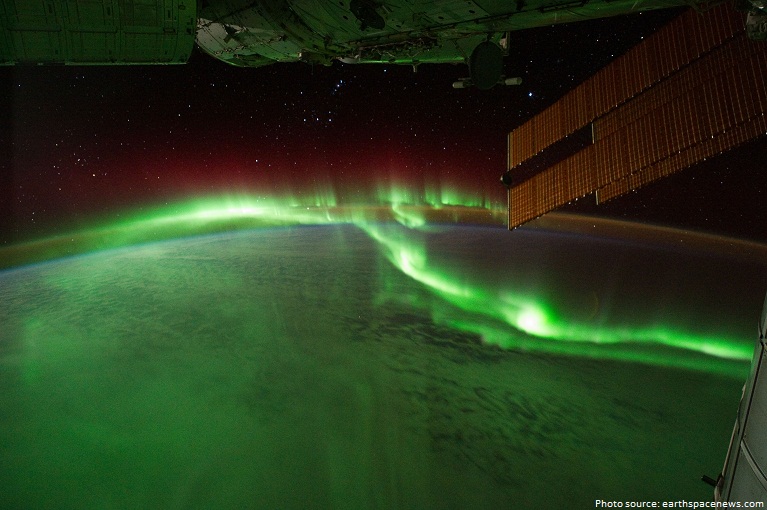Aurora that occur in the northern hemisphere are called ‘Aurora Borealis’ or ‘northern lights’ and auroras that occur in the southern hemisphere are called ‘Aurora Australis’ or ‘southern lights’.
The colored beams are created by electronically charged particles from the sun which enter the Earth‘s atmosphere when solar winds are powerful.
The name ‘Aurora Borealis’ – Aurora was the Roman Goddess of the Dawn and Boreas is Greek for north wind.
Aurora Borealis is one of the seven Wonders of the Natural World.
The Southern Lights or Aurora Australis offer the same visual display as the Northern Lights but since the South Pole is even more inhospitable and inaccessible than the North Pole, it is more difficult to view the Southern Aurora. Therefore, the Northern Lights are more popular and get almost all the attention.
Aurora Borealis and Aurora Australis are spectacular and really fun to watch.
Aurora dance in ribbons and circular patterns through the sky, shedding spears of lights in wonderful colors which can be green, blue, red or purple.
The color of the aurora depend upon the atmosphere. Green light is given off high in the atmosphere where as the lower lights at lower altitudes can be other colors such as blue, purple or red.
Aurora tend to be more frequent and spectacular during high solar sunspot activity, which cycles over approximately 11 years. The last climax was in 2013.
The most spectacular Aurora Borealis in recent recorded history are considered those from the “Great geomagnetic storm” on 28 August and 2 September 1859. Studies have shown that a solar storm of this magnitude occurring today would likely cause widespread problems for modern civilization.
Italian astronomer and philosopher Galileo Galilei was the first to describe the phenomenon as Aurora Borealis in 1619.
Some Inuit peoples believed that the auroras were the spirits of animals that they hunted.
Astronauts on board the International Space Station are at the same altitude as auroras and see them from the side.
The impressive light display that we see in the sky, seemingly just above our heads, is actually very far away – usually more than 96 kilometers (60 miles) above Earth. The most distant red lights take place at heights of over 645 kilometers (400 miles) up in the sky.
There are several towns famous for their great conditions for watching the Aurora Borealis. In North America, the aurora tourism capital is Yellowknife (Northwest Territories, Canada), while Tromso (Northern Norway) is the same for Europe.
No two Northern Lights can ever be the same. They are always of different patterns and colors.
Apart from a spectacular visual display, the lights also produce faint sounds such as claps, crackles,and static sounds. However, the aurora noise is so rare that hearing it is probably possible only during times of maximum aurora activity, on windless nights away from other noise sources.
Auroras also occur on other planets in our solar system including Jupiter, Saturn, Uranus, Neptune and Mars. Similar to Earth’s aurora, the lights have been seen close to other planets magnetic poles.




